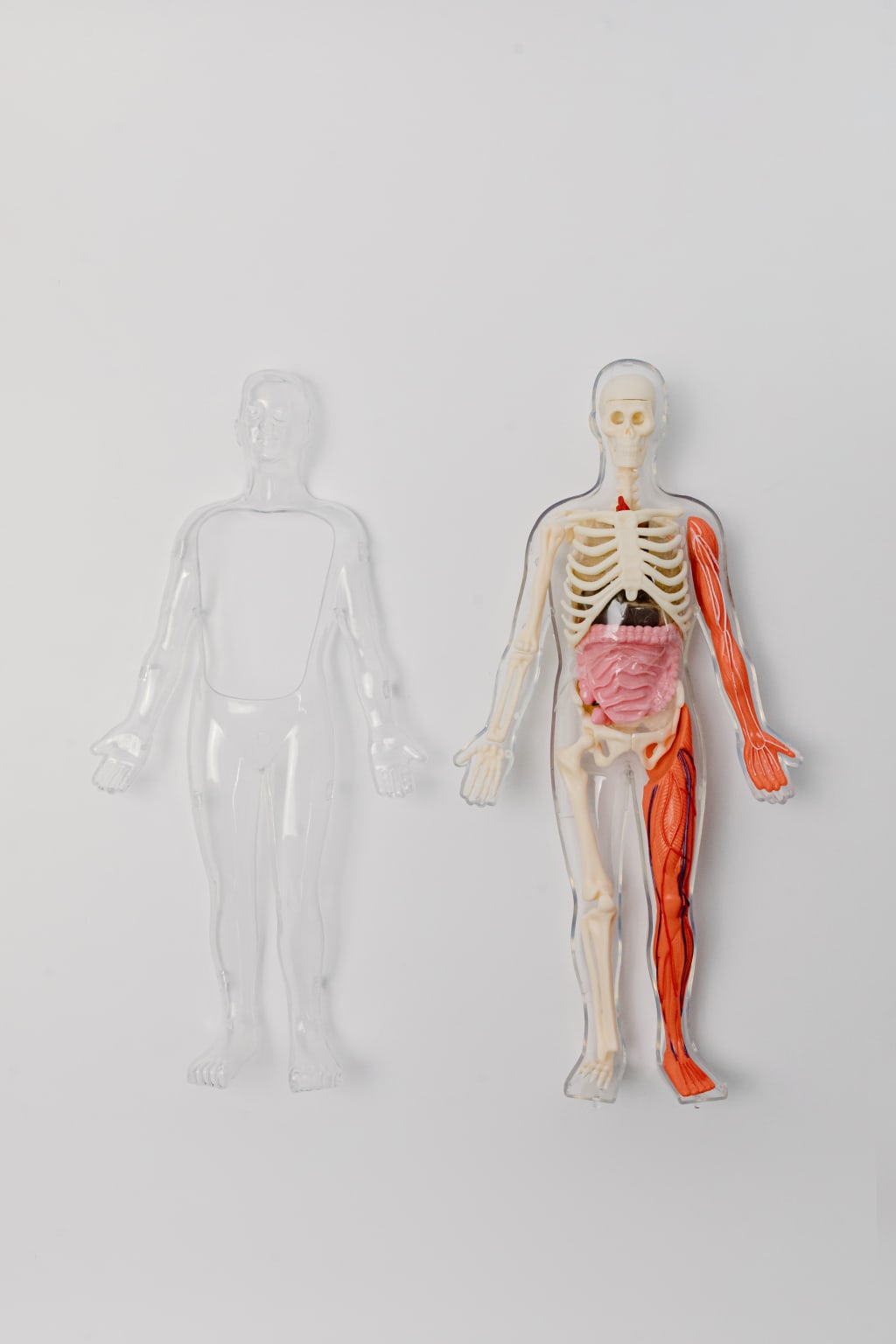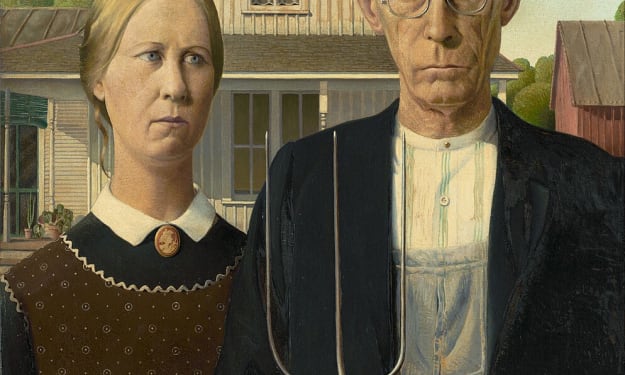The Unimaginable Atrocities Committed in the Name of Science
Exploring the Dark History of Unethical Research and Its Lasting Impact on Society

During World War II, Nazi doctors committed unimaginable atrocities in the name of science, sparing no one, not even the elderly, women, or children. These experiments were conducted on prisoners in concentration camps, where any sadistic acts were permissible. The University of Strasbourg even had its own laboratory, where they conducted experiments on murdered people, including the collection of skeletons for studying human structure. Witnesses documented these insane experiments, including the collection of stories in the book Beyond Human Endurance, where survivors of the women's concentration camp, Ravensburg, shared their experiences.
The experiments conducted on prisoners were horrific, such as the transplantation of body parts under non-sterile conditions, the sowing together of twins, and asphyxiation with nitrogen. Women had their legs and arms amputated, and their intestinal loops twisted into a second bladder to find loopholes in the human body that could quickly recover military personnel returning from battlefields with damaged body parts. These experiments caused the subjects to die slowly and in agony, with death being mostly instantaneous. In the Dachau Concentration Camp, specially sealed chambers were invented for experiments with low and high pressure, causing vasoconstriction and decreased blood flow, making it difficult for oxygen to reach the heart and other organs. The prisoners pulled out their hair, scratched their faces with their nails, and banged their heads against the wall until they passed out. Most of them died from internal bleeding.
Organs, such as gas chambers, were capable of holding 200 to 800 people at a time. In Auschwitz concentration camp alone, over a million people were killed in those chambers, and those who managed to survive suffered from severe shock and mental disorders. Another equally cruel experiment, conducted by Nazi scientist Hans Eppinger within the walls of Dachau, involved 90 Roma individuals who were deprived of food and drink and instead given only salty seawater. This caused unbearable thirst and profuse urination, as the salinity of seawater is almost four times higher than that of our body fluids. Joseph Tofenning, a survivor and former prisoner, recounts how the experiment's victims tried to lick a freshly washed floor or suck on a doormat, hoping to somehow quench their thirst.
Test subjects suffered from damaged internal organs, and many of them died. Equally brutal experiments were conducted on the tolerance of extreme temperatures, as prisoners were undressed and left in -25 degrees Celsius cold for 15 hours. Every hour, they were splashed with cold water or even dumped in an ice bath. Victims shivered from the cold, but they weren't allowed to die from drowning or choking, as they were given injections of a strengthening tonic that prevented them from drowning too quickly.
The lowest recorded body temperature shortly before the victim's death was 19 degrees Celsius, and most of the victims died. Formally, these experiments were supposed to help determine how to aid Nazi pilots who crashed and fell into the cold sea. However, in reality, the torture of prisoners by the Nazis did not yield any useful results. Despite being highly educated, all these Nazi scientists had remarkably little humanity. The cruelest among them was Joseph Mengele, who, over the years of his work, had made hundreds of thousands of people his victims, most of them children. For his heinous crimes, he was rightly condemned as a war criminal.
Joseph Mengele, known as the "Angel of Death," preferred to be called "Uncle Joseph" by his subjects at the Concentration Camp. He created a kindergarten for young prisoners and treated them with sweets, even performing violin etudes for them. He pretended to be their friend, believing that this would reduce stress in the children and make his experiment results more reliable. However, after games and treats, the children were subjected to painful experiments that often led to death.
Mengele was particularly fixated on studying twins. Witnesses have reported that he would even kill newborns who were not born as twins. Eva Moses, a survivor of Mengele's experiments, described how Nazi doctors would tie her hands three times a week to restrict blood flow, take large amounts of blood from her left arm, and inject at least five unknown substances into her right arm. Her vitals were then compared with those of her twin sister Miriam, who was subjected to different torture. Mengele was interested in the differences between identical and fraternal twins and how genetic diseases affect them. Eva and Miriam managed to survive but suffered from lifelong physical and psychological damage.
Mengele's curiosity and cruelty knew no bounds. He conducted an experiment in which he injected chemicals into his subjects' eyes to see if he could change their pupil color. He even attempted to create siamese twins by sewing two Roma twins together, which resulted in gangrene and death after several days of torture. Mengele wanted to confirm his hypothesis that certain races were more susceptible to disease and less resilient than the Aryan race. He was obsessed with Nazi ideas and the desire to kill people with impunity. He had a wall in his lab filled with the carved-out eyes of his victims. However, Nazi scientists had an even more brutal technology for mass murder. Within six months of the start of the war, they created gas chambers, which were large enclosed spaces with no windows and tightly closed doors. Prisoners were brought inside, and the doors were locked. An inert gas was then launched, causing nitrogen to enter the respiratory tract and rapidly decreasing oxygen levels in the body, leading to almost 100% mortality. Despite this, some people managed to survive.
Moshe Pier was a survivor of Bergen-Belsen concentration camp and managed to leave the gas chamber alive six times between the ages of 9 and 11. He cannot explain how he survived, but he believes that it may have been easier for children to withstand the gas. Moshe still remembers the suffering and death of those around him, and these atrocities were committed by the Nazis because they didn't want to waste ammunition on prisoners who were deemed unsuitable for work or experiments. The gas chamber was a cost-effective way to dispose of them. However, these experiments didn't help the Nazis avoid defeat. It raises the question of whether the Nazi scientists who mutilated people and created torture methods can be called scientists at all, given their lack of purpose, meaning, or justification.
About the Creator
Bob Oliver
Bob is a versatile writer & communicator passionate about exploring diverse topics & perspectives. I have written for various media outlets. And I believes in using words to inspire positive change. #writing #communication #passion
Enjoyed the story? Support the Creator.
Subscribe for free to receive all their stories in your feed. You could also pledge your support or give them a one-off tip, letting them know you appreciate their work.






Comments
There are no comments for this story
Be the first to respond and start the conversation.